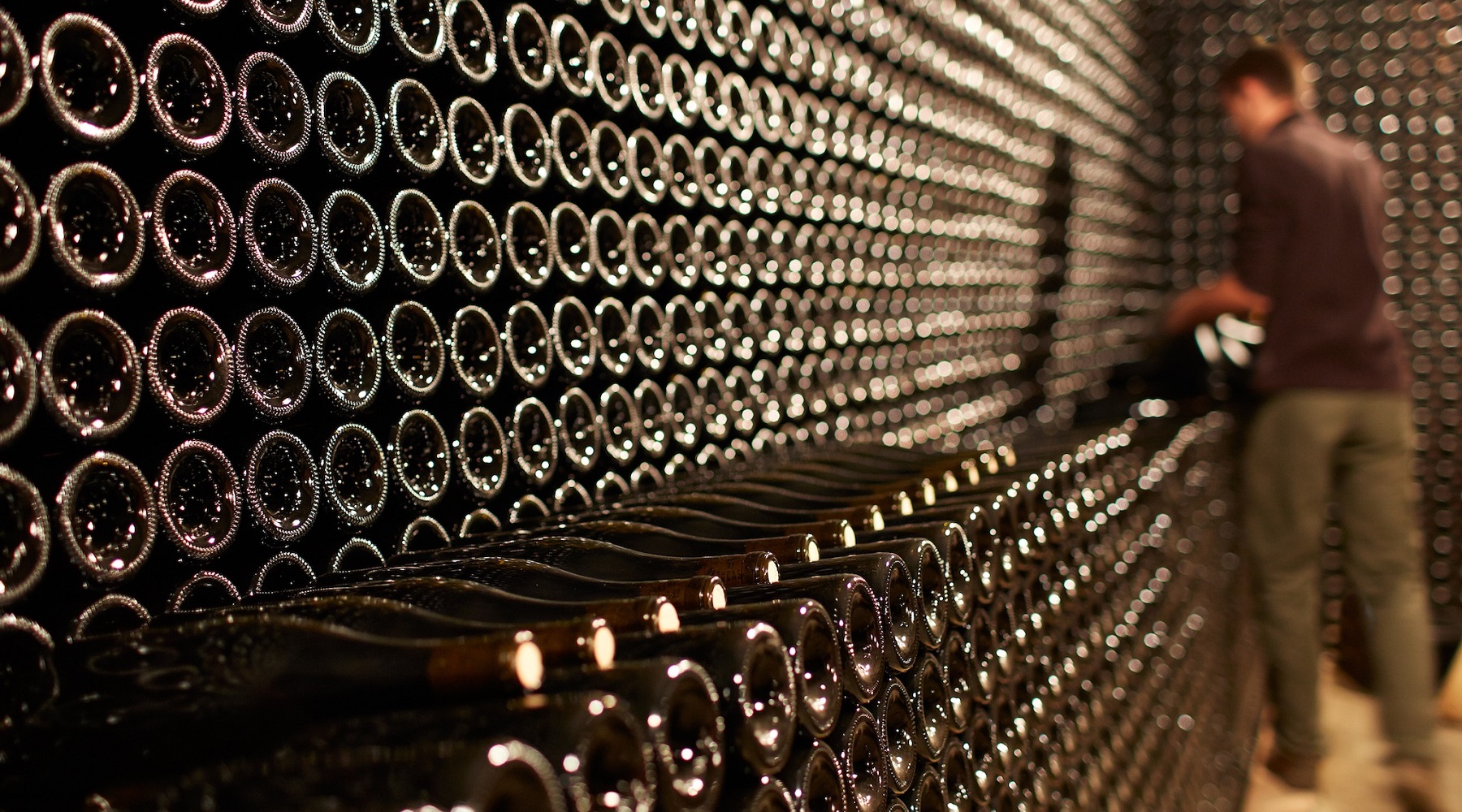So, before explaining the appellation, why does this AOC bear the name Côte-Rôtie? The name dates back to the end of the 17th century, and is reminiscent of what the vines endure during the summer months, i.e., vines scorched and roasted by the sun.
A few anecdotes to know:
- Côte-Rôtie wines date back to 71 AD. They were first described as Viennese wines (Some may even know of a house that produces "vins de Vienne"). In the Middle Ages and Renaissance, Côte-Rôtie wines were delivered to the finest princely tables in England, Russia and, of course, France.
- Like the rest of France, the Côte-Rôtie vineyards suffered the full force of phylloxera. The winegrowers fought to resist and overcome all the difficulties of this disease, but a second catastrophe was to wipe out the appellation.
- During the First World War, the village lost almost 150 men, leaving part of the hillsides abandoned.
- Côte-Rôtie wines benefited from the creation of the appellation d'origine contrôlée (AOC) in 1940.
- After that, the vineyards began to recover in the late 60s and 70s, with the arrival of a new wave of winemakers.
- The vineyard now boasts around a hundred winemakers, and almost half of the wines are exported worldwide.
Grape varieties of Côte-Rôtie appellation
Côte-Rôtie wines are exclusively red wines, and can only be made from a single red grape variety, Syrah. The latter can be blended with white grapes, viognier, up to a limit of 20 %. This is one of the few appellations where red grapes can be blended with white grapes, the latter bringing freshness to often heady wines.
Côte-Rôtie wines are fruity, with aromas of wild berries and black fruits, with a hint of spice and pepper, and are always wines of character.
The climate and terroir of AOC Côte-Rôtie
The Côte-Rôtie appellation is located in the northern part of the Rhône Valley. The vineyards lie at an altitude of between 150 and 320 m, with slopes of up to 60 %!
The vineyard covers around 280 ha in 3 communes: Ampuis, Saint-Cyr-sur-le-Rhône and Tupin-et-Semons.
As far as soil is concerned, Côte-Rôtie has plenty to offer. All, or almost all, of the appellation's vines are planted on rock. We can distinguish three sectors with different soils composed of schist, guns and granite.
The legend of Côte-Rôtie
There's a legend...
Legend has it that Seigneur Maugiron, who owned Côte-Rôtie, divided his estate between his two daughters when they married. One was as blonde as wheat and the other as dark as jet. That's why some labels read Côte brune or Côte blonde...
These articles may also be of interest to you
- Côte Rôtie | Best vintages and great estates
- Which Côte-Rôtie wines to invest in?
- Cote Rotie Guigal | The finest vintages from La Trilogie Mythique





![✨ Comptoir des Millésimes honors Champagne's great winemakers ✨[LINK TO THE ORGANIC CELLAR]We've selected 11 exceptional estates that reveal the full richness of Champagne terroir through unique, refined cuvées. Hugues Godmé - In Verzenay, this family-run biodynamic estate offers precise, vibrant champagnes with a beautiful mineral tension.Egly-Ouriet - A benchmark for the Montagne de Reims, its powerful champagnes, aged for long periods in barrel, impress with their complexity.Moussé Fils - In Cuisles, the Meunier grape is king. Pertois-Moriset - Pure, taut Chardonnay Grands Crus for lovers of chalky finesse. A fine address in Mesnil-sur-Oger.Geoffroy - In Aÿ, this domaine produces fine champagnes, carefully crafted and barrel-aged to reveal the full complexity of the terroir.Larmandier-Bernier - Biodynamic viticulture, exceptional parcels and purity. Crystal-clear, intense champagnes for connoisseurs.Roger Coulon - Eight generations of expertise at Vrigny. Balanced, subtle and elegant champagnes.A. Bergère - In Avize, a dynamic house offering expressive, fruity and accessible cuvées.Adrien Renoir - A promising talent from Verzy, he produces fine, complex champagnes with a true sense of terroir.De Sousa - Emblematic house in Avize. Richness, depth, long ageing: Chardonnay at its peak.Pierre Paillard - In Bouzy, the family magnifies Pinot Noir with vinous, racy and sincere cuvées.📦 Order now on our website#ComptoirdesMillésimes #Champagne #VigneronsIndépendants #GrandVin #ChampagnesdeTerroir #LivraisonRapide](https://www.comptoirdesmillesimes.com/blog/wp-content/plugins/instagram-feed/img/placeholder.png)